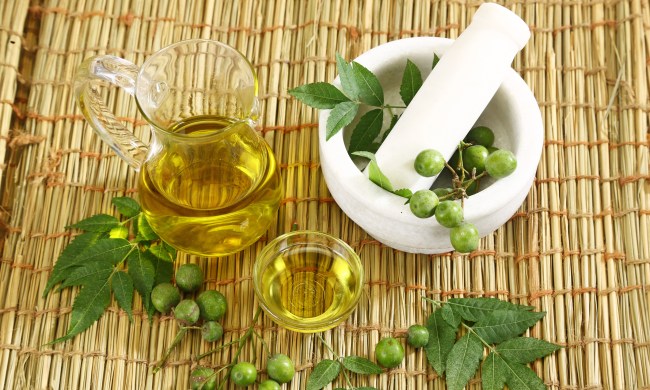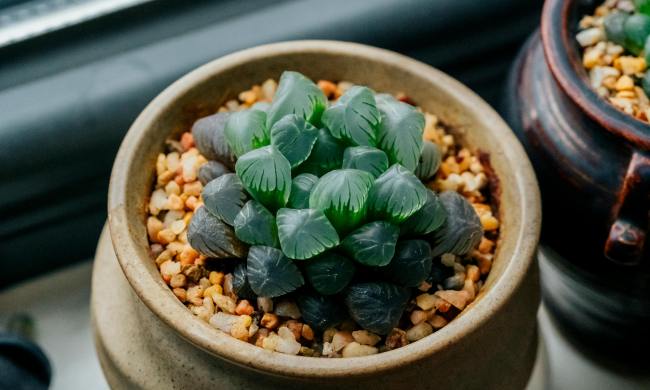If you feel intimidated about picking out flowers as a beginner gardener, you’re definitely not alone. Many blooms require specific conditions to thrive — some will wither away in the swelter of summer heat or become prone to pesky pests. However, there are plenty of flowers out there that can flourish in the face of neglect or extreme conditions. With low-maintenance blooms, you can design a beautiful landscape without much fuss. From sunflowers to begonias, we’ve rounded up seven easy-to-grow flowers for beginners, breaking down the care requirements for each one.
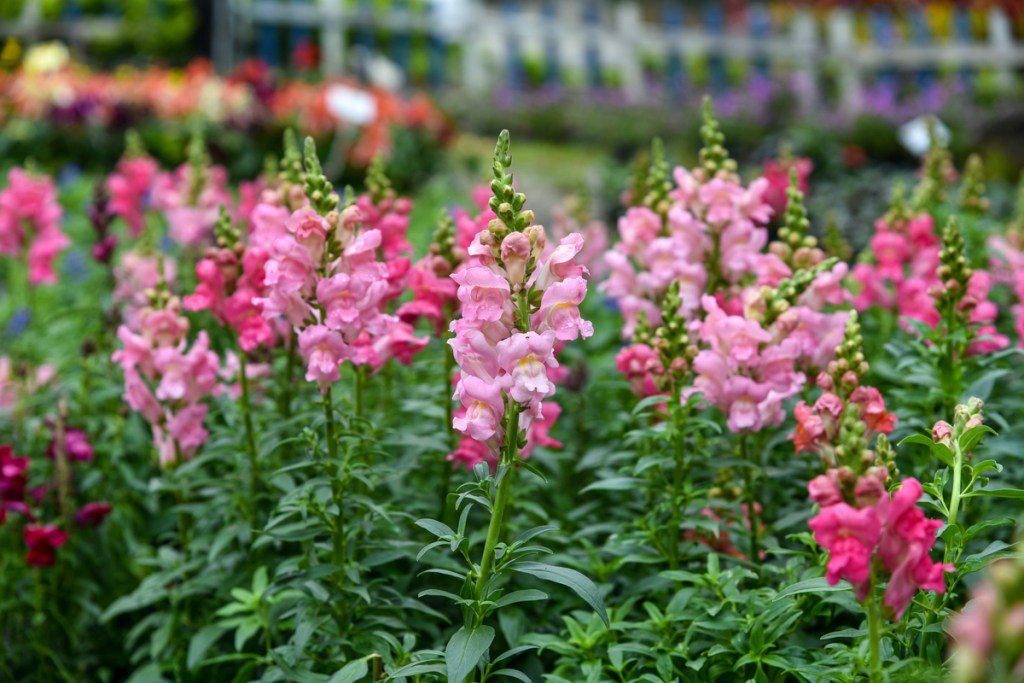
Best for adding height to your garden: Snapdragons
Snapdragons feature tall, colorful blooms that can add cheer and height to your home garden. The taller varieties, including “Animation” and “Madame Butterfly,” can grow up to 48 inches. They thrive in organic, well-draining soil but aren’t very finicky otherwise. Water them weekly and add mulch to help your flowers retain moisture. Feed your snapdragons with a weak, diluted fertilizer and encourage blooms by removing spent flower spikes. Snapdragons can get leggy over time, so you might need to stake them for extra support.
Best for growing in dry environments: Cosmos
Do you live somewhere with low humidity? Perfect for cottage gardens, daisy-like cosmos have a high tolerance for drought and can survive neglect. Cosmos can grow in poor soil, so you don’t need to go out of your way to get them any special fertilizers. Plus, they complement a wide variety of plants, so you can mix and match them with other flowers easily. In order to help them thrive, give them full sun and water them when the top two inches feel dry to the touch.
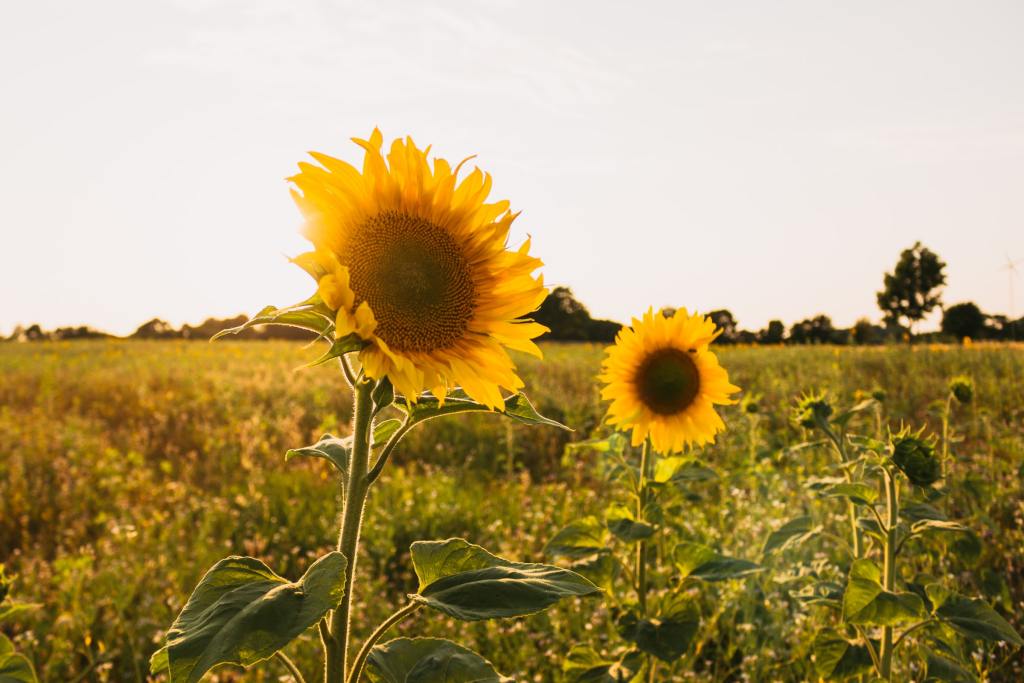
Best for growing in warm environments: Sunflowers
Vibrant and lovely, sunflowers are not only easy to plant, they’re also easy to grow. They tolerate heat, resist pests, and grow at a steady pace. They do well in warm climates, thriving with six to eight hours of direct sun per day. They are heavy feeders, so you want to keep them in nutrient-rich soil to help them grow properly. Since they have long roots, make sure to water them deeply.
Best for gardening with children: Zinnias
Zinnias are perfect for anyone who loves low-maintenance and beautiful flowers. Zinnias come from easy-to-grow flower seeds, which make them straightforward to handle when you’re teaching young kids all about flowers. For little ones who might be impatient, zinnias also grow relatively quickly. Frequent mulching, watering, and pruning will encourage your zinnias to grow, all excellent activities for teaching your little ones the basics of gardening.
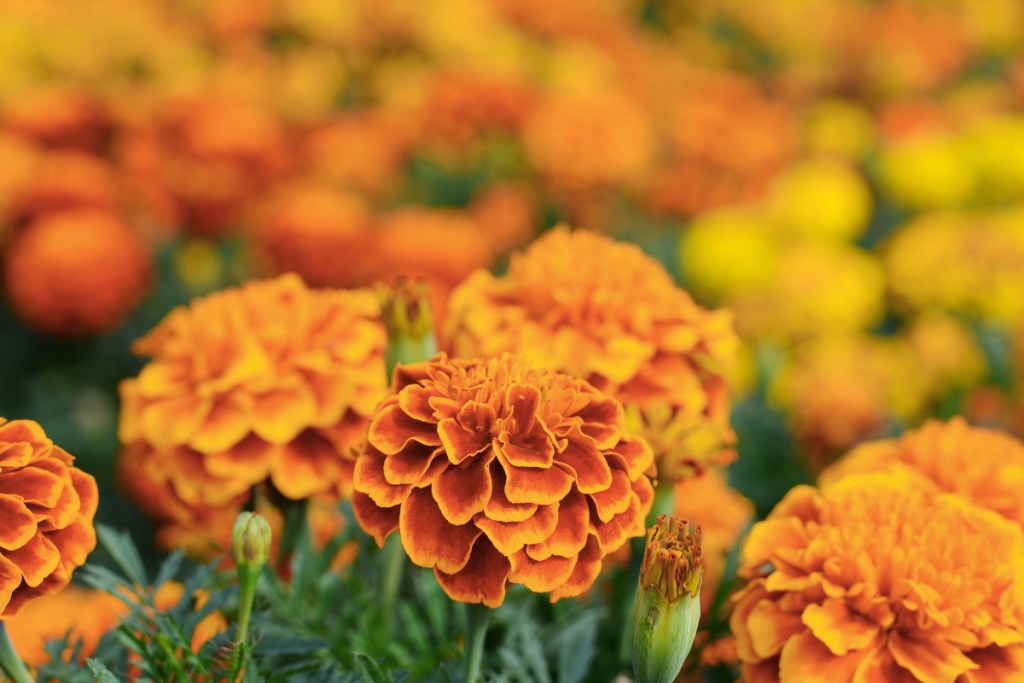
Best for keeping pests away: Marigolds
Like all of the plants on this list, marigolds are extremely low-maintenance — plus, they add a beautiful pop of copper to your garden! But what we especially love about them is that they keep away insects like mosquitoes, cabbage worms, and more. However, they’ll attract beneficial insects, such as ladybugs, to help you get rid of pests like aphids. As long as you give them full sun and consistent watering, they should be a relatively no-fuss plant in your garden, blooming eight weeks after you plant them from seed.
Best for growing in cold environments: Pansies
Pansies are hardy in Zones 2 through 9, making them agreeable to a wide range of temperatures. They do very well in cool weather, capable of surviving even single-digit temperatures. However, they do tend to get leggy in the summer, so they make for better flowering plants in the fall and early winter.
Best for resisting deer damage: Begonias
If you get the occasional deer visitor, you might want to add some begonias to your garden. Flowers with fuzzy stems and waxy leaves tend to be deer resistant, which means that deer won’t feed on them and damage them. Begonias aren’t fussy — they can tolerate most lighting conditions and don’t require heavy feeding. The biggest thing with begonias is that you need to keep their soil moist, but not too moist to the point of giving them root rot. While they can be grown as annuals, some varieties, such as Rex begonia, can actually be kept indoors over winter as perennial houseplants.
Growing flowers can be a daunting task, but don’t let that fear keep you from bringing colorful blooms to your garden. Low-maintenance gardeners who may not want to spend much time or effort will still be able to track down easy-care flowers for their space. And even if you face hot weather or poor soil, there are lovely flower varieties out there that can seamlessly adapt to your environment!

